Care Tips For Growing Hoya Plants Outdoors
Hoyas are just as easy to care for outdoors as they are indoors. Last week’s post was all about growing Hoyas as houseplants so now it’s time to head outside. There are many similarities to growing them in both situations but a few differences come into play. These care tips for growing Hoya plants outdoors will help you out whether yours grow outdoors year round or just for the warmer months.
I grew Hoyas outdoors in my Santa Barbara garden and now have 1 growing on my side patio in Tucson. These are 2 different climates but my Hoyas did/do well year-round in both. If you live in a temperate climate then these tips are for you. If not, then perhaps your Hoyas will be able to summer outdoors and you’ll find this useful.
How Hoyas are used outdoors
I’ve mainly seen them used outdoors as hanging plants. My Variegated Hoya grows in a tall, narrow pot & is trained to grow over bamboo hoops. You could also use them in a mixed planting, train to grow on a trellis or simply sit on a table.
Size
They’re sold in 4, 6, 8, & 10″ grow pots; usually with a hanger. My Hoya carnosa variegata which grows outdoors has 4-5′ trails. I saw a Hoya growing in a decorative hanging pot in Carpenteria, CA and the trails must have been 6′ long. In their natural environment many grow as climbing vines.
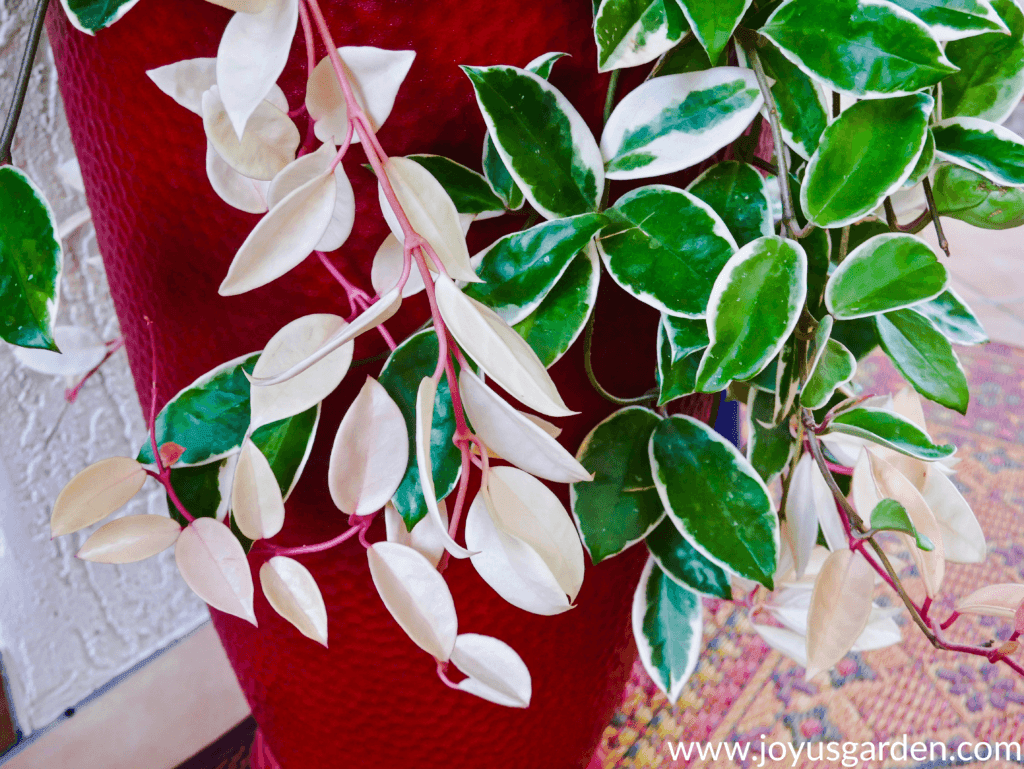
My Variegated Hoya puts out more white foliage & pink stems as it ages.
Hoya Plant Varieties
There are many species & varieties of Hoyas sold on the market. You can find at least 1 that catches your fancy because the foliage comes in a variety of shapes, sizes, colors & textures. The ones I’ve seen most often are H. carnosa, H. carnosa variegata, H. carnosa compacta , H. Kerrii, & H. obovata.
Common names for the Hoya Plant
Different species & varieties have different common names. As a whole, they’re called Wax Plant, Wax Vine or Honey Plant.
Growth rate
Mine have always grown at a moderate rate outdoors – faster than mine grows indoors. What I’ve found is that different Hoyas grow at slightly different rates. My Hoya carnosa variegata grows faster than my Hoya obovata but then again it’s quite a bit older.
Growing Hoyas Outdoors
Here is everything you need to know about growing hoyas outdoors!
Exposure
Hoyas need bright, natural light with shelter from hot sun to do their best. Mine sits on a covered patio with a north, east & west exposure. The plant is next to the sliding glass doors where very little direct sun hits it.
We get a lot of sun all year long in Tucson so that’s the sweet spot for mine. In the summer when the sun is the strongest, I hang semi-sheer curtains to protect it & my fleshy succulents from any rays which might hit in the late afternoon. Yes, I’m a crazy plant lady but the curtains give a sultry harem effect too!
In Santa Barbara my Hoyas got morning sun but were oftentimes sheltered by a light layer of fog. To sum it up, bright shade is best & avoid any hot, direct sun. Your Hoyas will fry in no time flat.
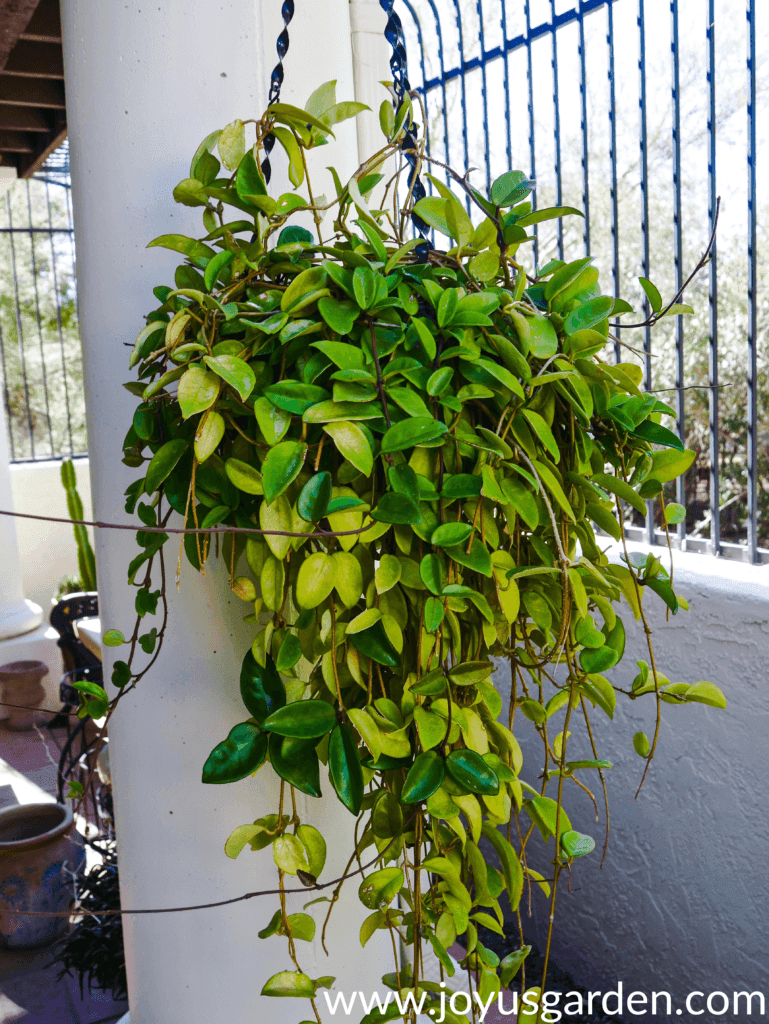
This is my neighbor Suzie’s Hoya which gets more sun than mine. It was neglected in terms of watering all last year but is surviving nonetheless & would benefit from a pruning & repotting into fresh mix. A bit more about it in the video below.
Watering
I water mine when it has almost dried out. Although Hoyas aren’t technically succulents, they’re succulent-like with those fleshy, waxy leaves. In summer I water it once a week & in winter it’s every 2-4 weeks.
Although many are vines & shrubs in nature, some are epiphytic just like bromeliads & orchids. Either way, Hoyas don’t like their feet to be consistently moist. It’s better to underwater them than to over water.
If you’re in a humid climate, you’ll probably need to water less often. And as I said above, back off on the watering frequency in the winter months.
Temperature/Cold Tolerance
We get 8-10 nights every winter which dip a bit below freezing here in Tucson. If the temps are going to drop below 35 F then I’ll lay a doubled sheet over my Hoya topiary & that seems to protect it just fine. This is my Hoya carnosa variegata I’m talking about & I’m not sure if different Hoyas vary in regards to cold tolerance.
On the other end of the scale, Tucson regularly gets above the 100 F in the summer. My Hoya is quite tolerant of the wide temperature swings & is currently loaded with fresh new growth in November. Quite the tough plant I’d say!
Humidity
Hoyas are native to the tropics. Despite this, mine here in hot dry Sonoran Desert is doing great. I do hose it down every 3 weeks & the foliage seems to enjoy the temporary infusion of moisture.
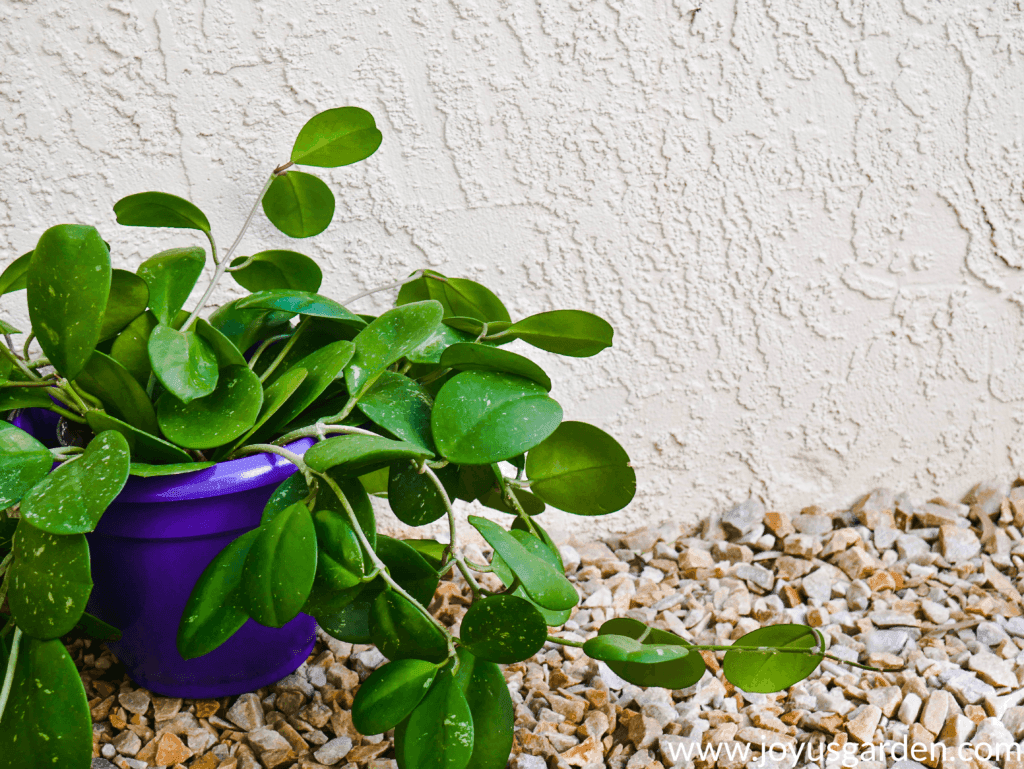
My Hoya obovata grows indoors but I just wanted to show you how different (&bigger!) the foliage is on this 1.
How to Feed a Hoya Plant
I’ve found that Hoyas aren’t that needy when it comes to fertilizing. Right now I feed all my container plants with a light application of worm compost followed by a light layer of compost over that every spring. Easy does it – I top dress a plant this size with 1″ of worm compost & 2″ of compost. In case you’re interested I also use this worm compost/compost blend to feed houseplants.
I can’t recommend a specific fertilizer because I’ve never used 1 for my Hoyas. Mine look just fine so I have no need.
Whatever you use don’t fertilize houseplants in late fall or winter because that’s their time for rest. Over fertilizing your Hoyas will cause salts to build up & can burn the roots of the plant. Be sure to avoid fertilizing a houseplant which is stressed, ie. bone dry or soaking wet.
Soil
Hoyas, aka Wax Plants, love a rich mix with excellent drainage. All the mixes & amendments listed below are organic. I use this same mix for my Hoya houseplants too.
Potting Soil. I’m currently using Smart Naturals because of its high quality ingredients. It’s great for container planting, including houseplants.
Succulent & Cactus Mix. I use a locally produced succulent & cactus mix.
Compost. I use Tank’s local compost. Give Dr. Earth’s a try if you can’t find any where you live. Compost enriches the soil naturally.
Orchid Bark. I’ve found Hoyas love orchid bark. It ensures excellent drainage. You can also add charcoal instead if you’d like or a combo of both.
Worm Compost. This is my favorite amendment which I use sparingly because it’s rich. I’m currently using Worm Gold.
Coco Coir. This environmentally friendly alternative to peat moss is pH neutral, increases nutrient holding capacity & improves aeration.
This is the approximate ratio: 1/3 potting soil, 1/3 succulent & cactus mix & a 1/3 even blend of the orchid bark, coco coir & compost. I sprinkle in a few handfuls of the worm compost & also use a layer of this as topdressing as well as the compost.
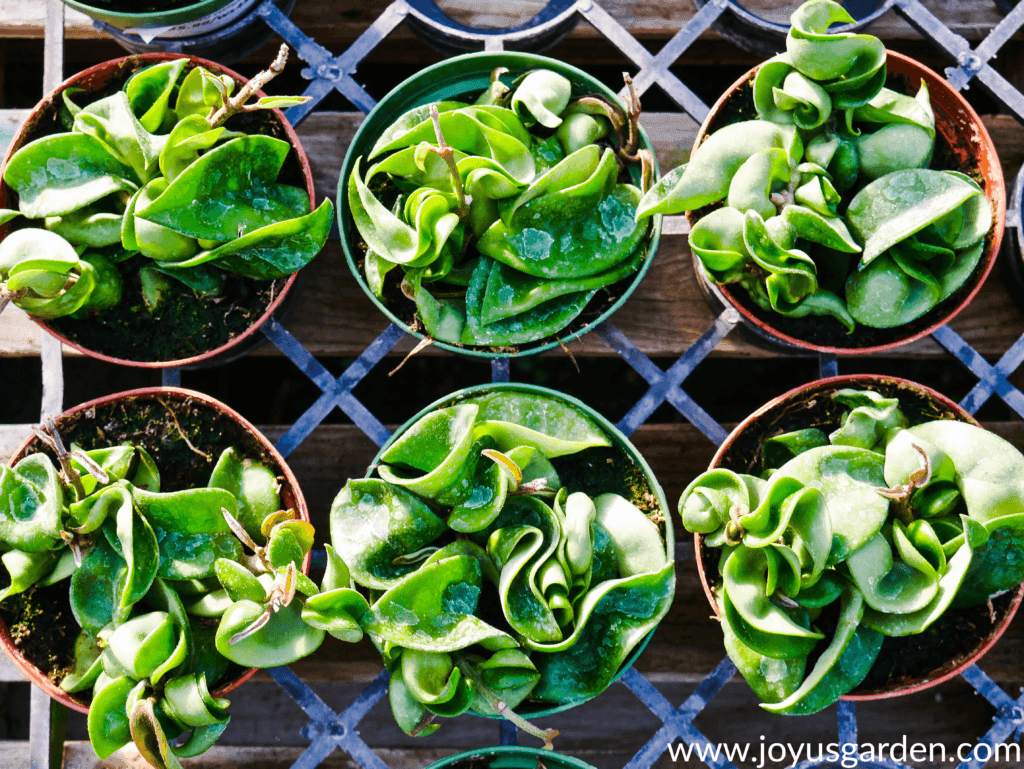
Little Hindu Rope Plants in the greenhouse. The unusual twisted leaves make this a popular Hoya.
Repotting/Transplanting a Hoya Plant
This is best done in spring or summer; early fall is fine if you’re in a warmer climate like me. Hoyas like to grow a bit potbound so don’t rush to repot yours if it’s doing fine.
Regarding transplanting & repotting – don’t think your Hoya will need it every year. Like orchids they’ll bloom better if slightly tight in their pots so leave them be for a few years.
I hadn’t repotted my large variegated Hoya for 3 years & did so last year because the soil was way down in the pot. It’s in a very tall pot so I won’t repot it again for at least 7 years.
Pruning
You can prune a Hoya to control the size, make it bushier, & to thin it out or remove any dead growth. I try not to prune off too many of short flowers stalks from previous years. That’s where the flowers will emerge from next season.
In other words, a hard pruning (which is sometimes necessary) will delay the flowering process.
Propagation
Here’s an entire post on propagating Hoyas so click on for all the details. The condensed version: I’ve had great success with 2 of methods – propagating by stem cuttings in water & layering.
For layering you simply take a softwood stem of the plant (which is still attached to the mother) & pin it into a pot filled with light mix. Make sure the mix is thoroughly moistened. Most times you’ll see little roots appearing on the stems & that’s what you want to get on top of the mix.
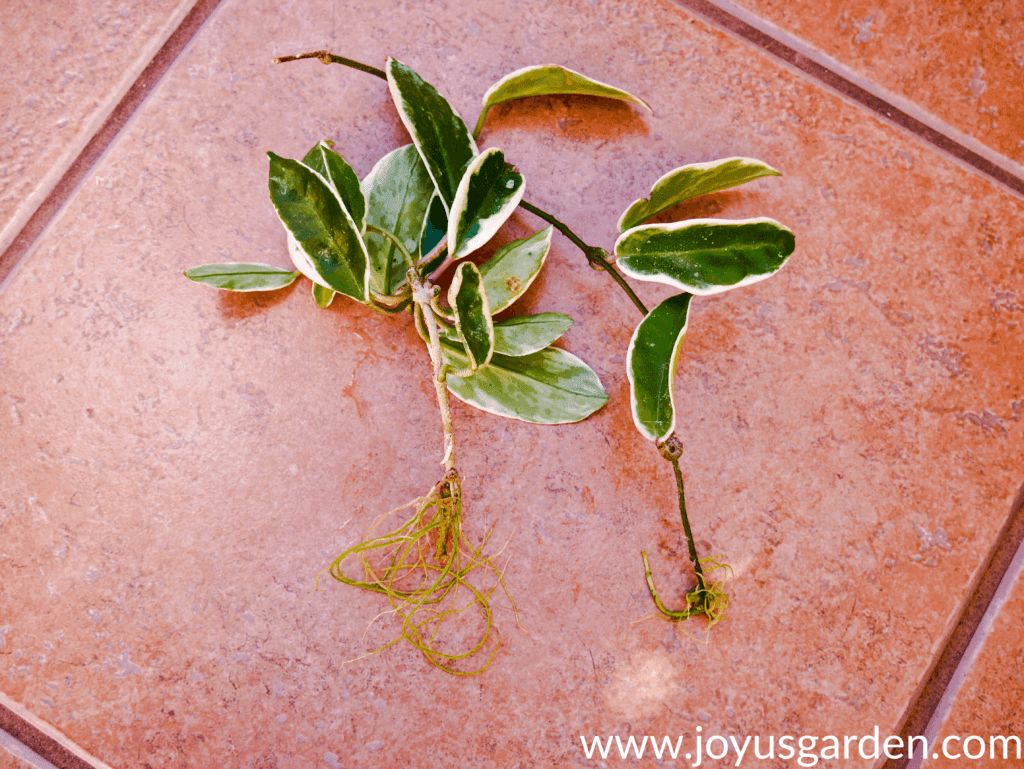
Hoya cuttings root easily in water.
Pests
When grown outside Hoyas are susceptible to aphids. In spring the orange aphids appear like clockwork on the tender new growth of my Variegated Hoya so I gently blast them off with the garden hose. Also, keep your eye out for mealybugs & scale.
It’s best to take action as soon as you see any pest because they multiply like crazy.
Toxicity
Ring the bells! Hoyas are one of the non-toxic plants. Just know that if your pet or child chews on the leaves or stems, it could make them sick.
Flowers
Saving the best for last – Hoya flowers are beautiful! Their waxy, star-like blooms are intriguing & can be found in many colors, sizes & forms depending on the species of Hoya. The wonderful flowers are fragrant, especially in the evening.
Some bloom in the first year & others take a few years to establish before they bloom. My Hoya carnosa “variegata” took almost 3 years to bloom so be patient. And, it doesn’t bloom every year. I say Hoyas bloom when they feel like it!
How often they bloom seems to depend on the type of hoya, age of the hoya, & conditions they’re growing in. Don’t cut the old bloom stems off; let them remain on the plant so you get flowers next season.
If yours has never bloomed, it’s most likely not getting enough light.
Here are a few quick tips regarding your Hoya plant
The above care tips apply if you’re putting your Hoya outdoors for the summer. Just be sure to hose the plant off well (undersides of the leaves too) before bringing it back inside. You want to get any pests &/or their eggs off before bringing it back into your home.
Keep your Hoya out of hot sun to avoid burning.
Give your Hoya a shower every now & then. It keeps the gorgeous foliage clean & dust & dirt free. Besides, it’ll temporarily up the ante on the humidity factor.
Hoyas are more likely to bloom when tight in their pots.
People have asked me about yellow leaves on Hoyas. My Variegated Hoya occasionally gets yellow leaves because it’s about 6 years old now, grows very full & that’s what happens as they age. If the leaves are yellow & a bit mushy, then you’re overwatering. It could also be due to a nitrogen deficiency or light levels which are too high.
When it comes to growing Hoyas outdoors remember 3 things: no pampering, no overwatering and no hot sun. Hoyas are very independent when it comes to maintenance, even here in the desert!
Happy gardening,

You Might Also Enjoy:

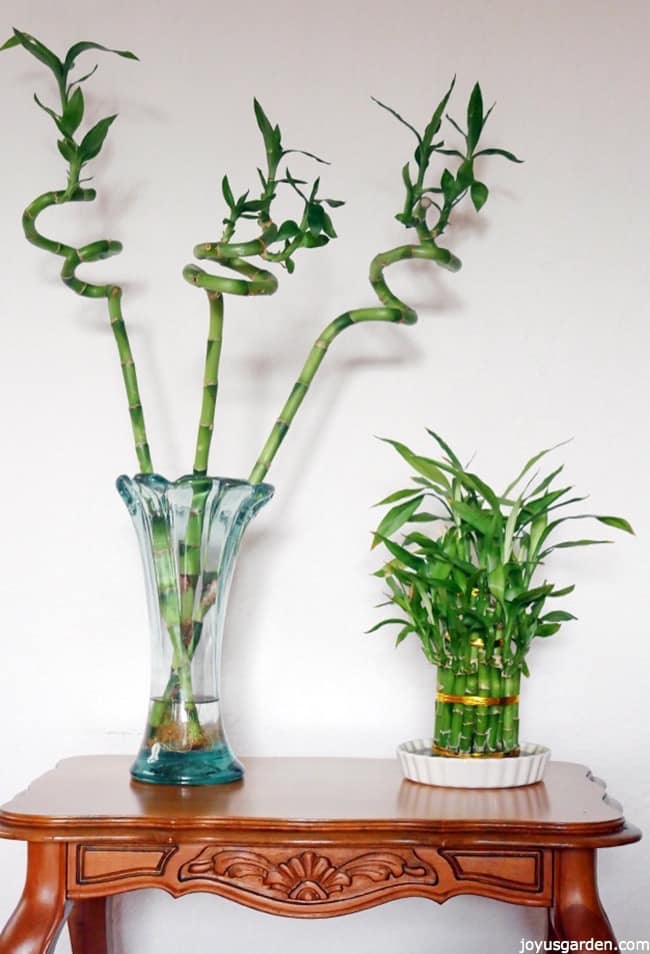
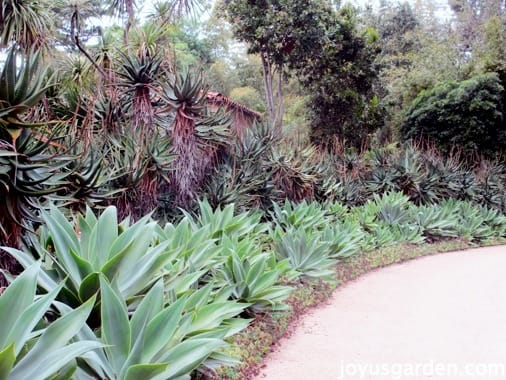
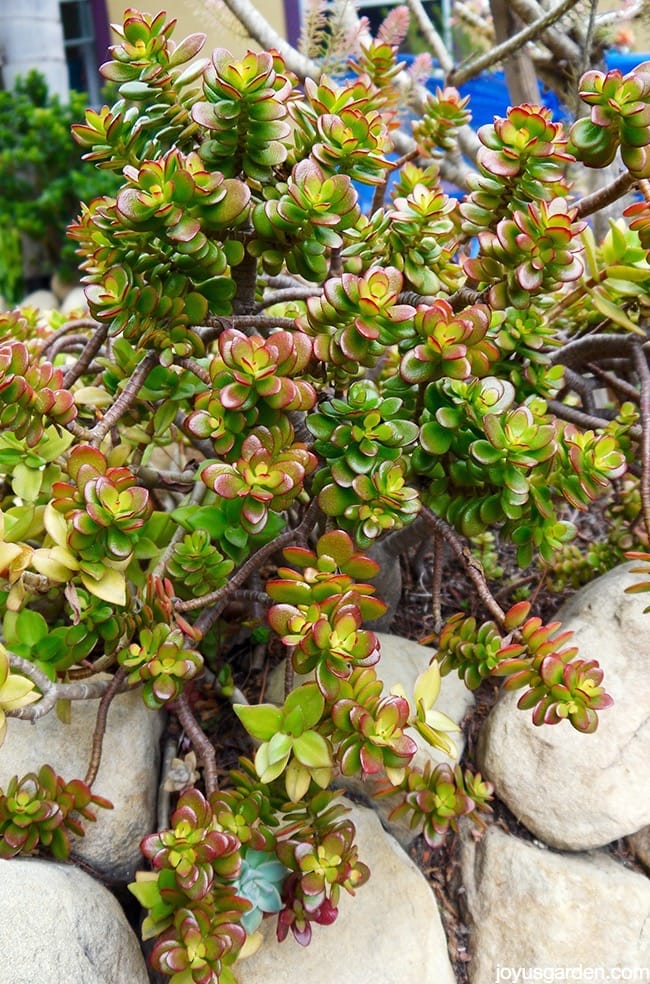
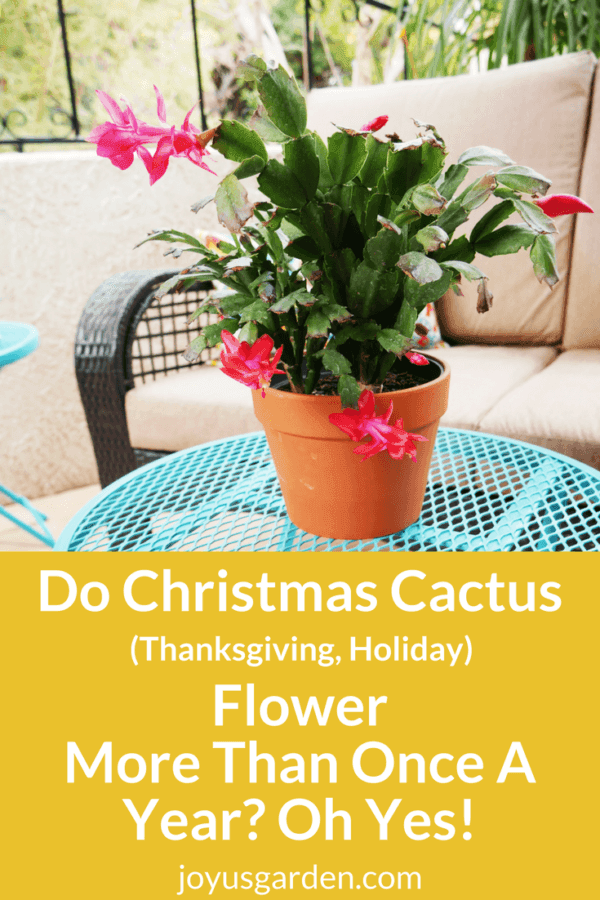

Thank you for the info on Hoyas. I had a large plant that flowered every year. It loved my sunroom in Texas, but I was not able to bring any plants with me. Have not been able to find hoyas in Las Vegas, NV. Had to order one online. Got a tiny plant which I’m praying will grow fast. They are so expensive online. Do you know of anyone living in Las Vegas area that I can get cuttings from? Thanks again for sharing your knowledge on one of my favorite plants.
Hi Cheryl – You’re very welcome. I’ll post this comment & hopefully someone can help you in that area. If you lived in Tucson, I’d share! Nell
First of all, greetings from South Australia. I enjoyed reading “How to look after hoyas”. Most of it I already knew from trial and error. The climate here is Mediterranean, some zeros in winter and some hundred degrees Celsius in summer but mostly around 26 C. Farms around here have sheep, wheat and grapes for wine to give readers an idea of what it is like. A lot of glass houses for growing tomatoes, capsicum, cucumbers, etc. I have seven different speciesof hoya. Wish I knew their names because some were just cuttings from friends. I gave a hoya carnosa to my daughter and grown up grand daughter and now they are hooked. I used to put cuttings in potting soil and wait then I found an easier way by accident. I hung a hoya over my fish pond thinking it would give goldfish some shade as well as a place to lay eggs. After the stems had been dangling in the water for a few weeks they grew heaps of strong roots and it was easy to take cuttings. I like the trailing effect of hoyas so I attach small weights, fishing sinkers, small stones, metal objects from my shed to weigh them down. When a stem is hanging the way I want , I move the weight to another stem. Looks funny sometimes like Christmas decorations hanging down. Most stems I cut when they reach a metre and that’s where a flower usually forms. I have tried pushing just a leaf into potting soil like I saw on the internet. They form lots of roots but no growth above the soil yet. Seems to be a process which takes too long. Might be okay with a special hoya where you only have a small piece. Thank you Barry, April 2019
Hi Barry – Greetings from the Arizona Desert. WE live in 2 different climates but hoyas do fine in both. Such easy plants! Nell
So much helpful info. Thank you!
I have two small sweetheart hoyas and I’m wondering if they can be combined in one pot or if it’s best to leave them be in their small containers.
Hi Deborah – I just bought a Sweetheart Hoya when I was in the San Diego area! You can combine them into 1 pot. Here’s a post I did on repotting hoyas: https://www.joyusgarden.com/hoya-houseplant-repotting/ Nell
HI,half of my Hoya plant has shriveled, I separated it and put it another pot , it’s still the same,what is wrong with it. Thanks pat
Hi Pat – It’s hard to say without knowing more details. It’s usually due to under or over watering. Nell
I have Hoya carnosa, last year they just turn a little dry and not shiny, I was trying to save them by cut them down and root them in hydro clay pebbles, they looked good .So I try to replant them in dirt , but now they are looking sick again and I do not know why.I did not over water them, I mist them often…Thank you!
Hi Yen – Here’s a post on repotting hoyas which you might find helpful: https://www.joyusgarden.com/hoya-houseplant-repotting/. Nell
I’ve got a hindu rope hoya growing in an 8 in hanging planter outside in New Orleans. The thing is only one “arm” is growing (it’s taking off, grown almost 6 in with 4 or 5 sets of leaves) and the other arm grew one leaf and seems to have given up. I rotated the pot to see if it was that but, no luck. Watering every 2 weeks. Any tips or ideas on how to get it going?
Not sure Liz. Maybe overwatering at 1 point? I’ve found Hindu Ropes to be slow growing. Nell
Thank you so much for all the information about hoyas, can you tell me why my shooting star Hoya keep dropping the flowers?
Hi – It could be due toc old drafts or too much or too little water. Nell
Good morning.
Enjoyed your post. Have grown hoyas for years, indoors. I have since moved to Mesa and do want to try outdoors. I am a hands on purchaser and wanted to ask you if there are any local greenhouses who might have hoyas. I am a new transplant from Colorado. Thank you. Catherine
Hi Catherine – I buy my hoyas in Tucson & the San Diego. You could call Berridge Nursery, the Plant Stand, &Desert Horizons to see if they have any in the Phoenix area. Nell
We live in South East England where the weather is, to say the least, variable. Our Hoya which is now 4 feet tall and supported on bamboo canes, has always lived indoors but has NEVER flowered.
Our patio faces East and North so would the plant be able to survive our changeable weather?
Hi Michael – I believe your climate is too cold but don’t know your zone. I grow my hoya outdoors here in Tucson (on a shaded patio) & did in Santa Barbara, CA. Nell
Hi, thank yoi, your site was very helpful.
Question, do you recommend hanging your hoya or have the plant crawl upwards.
Id hate to stress the plant, if it doesnt like the position?
Thank yoi for your time!
God bless and be safe!
Im a newbe btw??
Marti – Glad to hear it. Hoyas are vines in nature so climbing up, hanging down or a combo of both is fine. Nell